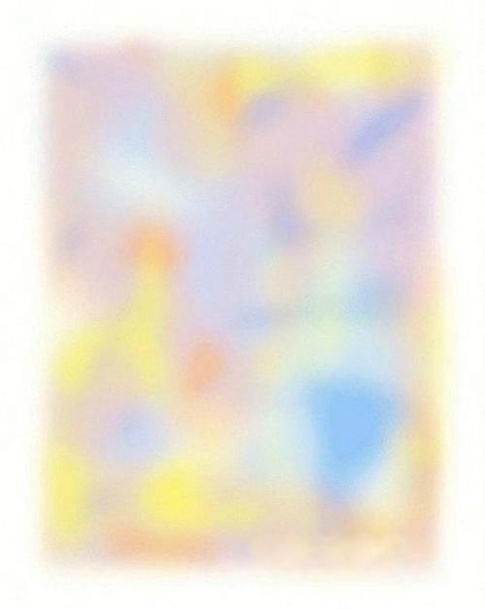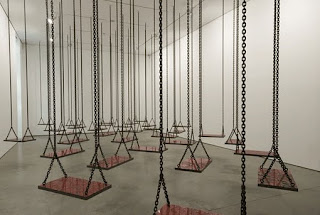Portico
“In traditional landscapes the productions of man, his constructions in particular, surrendered themselves progressively to nature in the form of the ruin. […] There is nothing of the sort in the contemporary city where objects, if they don’t disappear all in one go, as if by magic, are instead relegated to obsolescence, a bit like the living dead who endlessly haunt the landscape preventing it rom ever becoming peaceful again.”[1]
Where the ruin slowly decaying in the landscape was valued by Romantic viewers, these modern buildings – which are no longer perceived to have a ‘use’ – are no longer tolerated.
Abandoned modern buildings are frequently cleared away before nature has an opportunity to colonize and degrade them[2], to the extent that a visible modern ruin is often the result of some sudden catastrophe. Just as the crumbling ruins of previous societies provided fodder for meditation on their decline for the Romantics, aging concrete reminds us of the failings of our own culture and society. Concrete – intended as a symptom of a new future envisaged by modern architects like Corbusier – reminds us, in its degradation, of the incompletion of that future.




